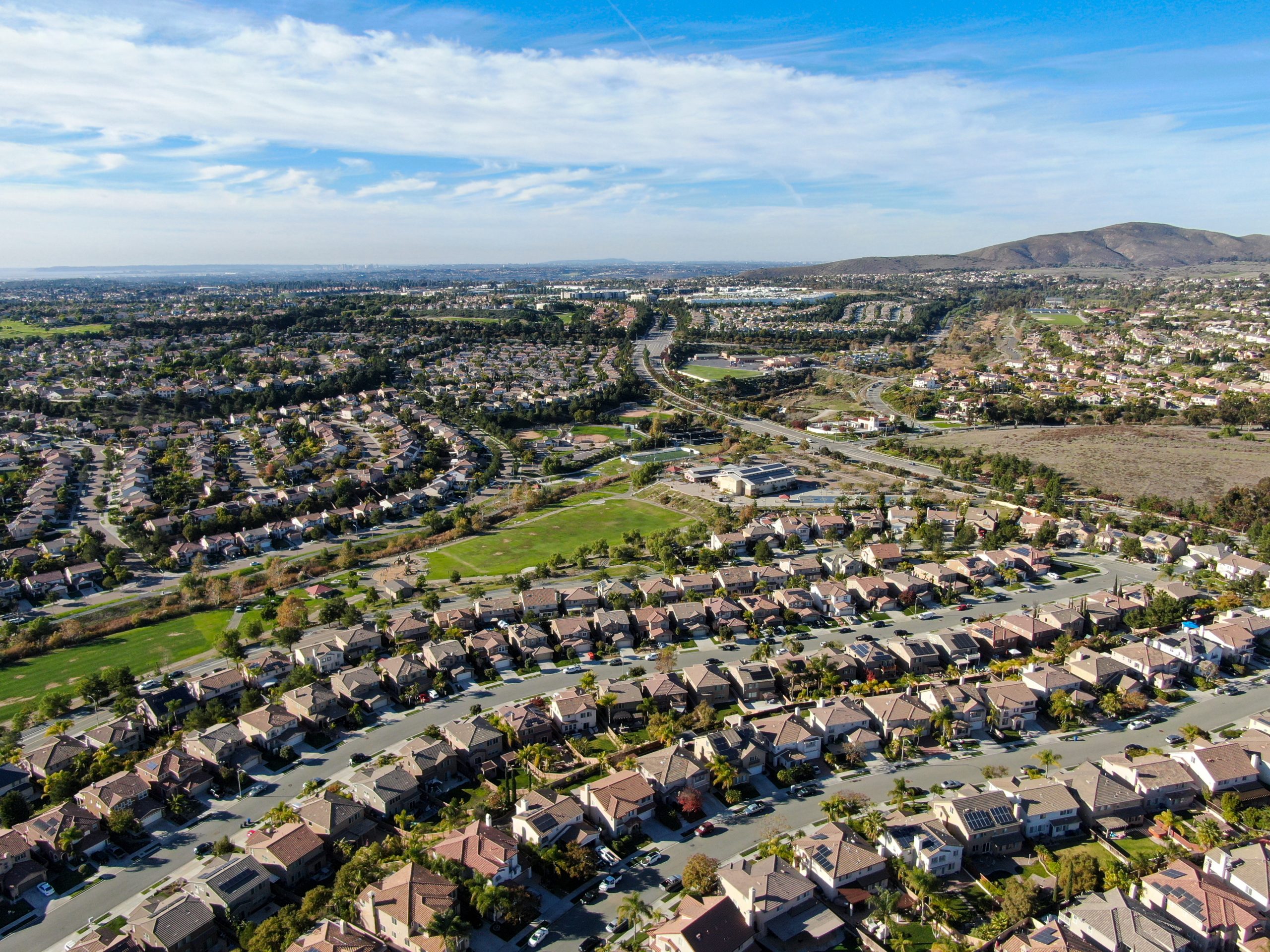Last month, Governor Newsom signed three complimentary bills taking aim at the housing crisis in California: SB-8, SB-9, and SB-10. Together, the bills are intended to promote denser housing, streamline housing permitting, and boost housing production in California. The practical effects of the bills, however, are yet to be seen.
SB-9
SB-9 requires local agencies to ministerially approve the following in single-family zoning districts: (a) subdivision of existing lots into two parcels; and (b) development of up to two units per lot. Ministerial approvals require no environmental review, discretionary review, or public hearing process.
While opponents have painted SB-9 as a death knoll for single-family zoning, in reality the legislation comes with slew of caveats and conditions that limit its practical application.
To qualify for ministerial approval of a lot split under SB-9, all of the following must be met:
- Site is located in a single-family residential zoning district;
- Site is located in an urbanized area or urban cluster, or within a city that has an urbanized area or urban cluster, as designated by the US Census Bureau (which covers most urban and suburban cities in the state);
- Subdivision creates no more than two new parcels of approximately equal lot area, provided that one parcel may not be smaller than 40% of the lot area of the original parcel proposed for subdivision;
- Both newly created parcels must be no smaller than 1,200 square feet, unless the local jurisdiction adopts an ordinance allowing for smaller lot sizes with ministerial approval;
- Site is not located on property that is prime farmland or farmland of statewide importance; wetlands; in a very high fire hazard severity zone; a hazardous waste site; in a delineated earthquake fault zone; in a special flood hazard area; in a regulatory floodway; identified for conservation in an adopted natural community conservation plan; a habitat for a protected species; or subject to a conservation easement;
- Subdivision would not require demolition or alteration of housing subject to rent control; designated affordable housing; housing that has been removed from the rental market through Ellis Act eviction in the last 15 years; or housing that has been occupied by a tenant (market rate or affordable) in the past 3 years;
- Site is not an historic landmark, and is not located within an historic district;
- Site was not created through a prior SB-9 subdivision; and
- Neither the owner of the parcel being subdivided or any person acting in concert with the owner has previously used SB-9 to subdivide an adjacent parcel.
To qualify for ministerial approval to develop up to 2 units per lot under SB-9, the locational and tenant-history criteria are similar. In addition, applicants will need to show that the project won’t demolish more than 25% of the existing exterior structural walls, unless either a local agency passes legislation allowing otherwise, or the site has not been occupied by a tenant in the last 3 years.
SB-9 also contains an owner-occupancy condition which limits its utility for development entities. Applicant-owners will be required to sign an affidavit stating their intent to occupy one of the resulting housing units as the owner’s principal residence for at least three years following the lot split. However, community land trusts and qualified nonprofit corporations are exempt, and local agencies cannot impose any other owner-occupancy requirements.
And while SB-9 will allow for ministerial approval of qualifying projects, local agencies can still require all of the following:
- Lots resulting from ministerial subdivision be limited to residential use;
- No short term rental of units resulting from ministerial approval;
- Project compliance with all objective zoning, subdivision, and design review standards applicable to the parcel that do not have the effect of physically precluding construction of two units on either resulting parcel or result in a unit size of less than 800 sf;
- That new structures provide setbacks of up to 4 feet form side and rear lot lines;
- For residential units connected to an onsite wastewater treatment system, a percolation test completed within the last 5 years, or, if the percolation test has been recertified, within the last 10 years.
- Projects provide easements for provision of public services and utilities;
- All resulting parcels maintain access to or adjoin the public right of way;
- Projects to provide parking of up to 1 space per resulting unit, unless the site is located within ½ mile of a high-quality transit corridor or major transit stop, or there is a car share vehicle located within 1 block of the site.
Finally, on lots that are both created by an SB-9 lot split and developed with two units under SB-9, a local agency is not required to permit ADUs or JADUs.
SB-8
SB-8 primarily extends the Housing Crisis Act of 2019 (SB-330) another five years until 2030 and clarifies some of the text of the previous measure. Among other things, SB-330 expedites the permitting process for housing developments; protects existing housing inventory; allows housing developments to file preliminary applications that provide grandfathering protection against zoning changes enacted during the discretionary review process; and limits the ability of local agencies to downzone areas unless they upzone an equivalent amount elsewhere within their boundaries.
SB-10
SB-10 authorizes local governments, at their election, to adopt an ordinance to zone any parcel for up to 10 residential units in transit-rich areas or urban infill sites. That would apply to most properties located along established bus lines, within half a mile of a major transit stop, or in residential/mixed use areas of most California cities. Ordinances or resolutions adopted by local agencies under SB-10 are exempt from environmental review, would require a 2/3 vote in favor from the local legislative body to adopt, and could not be used to reduce density otherwise permitted on any parcel subject to the ordinance. SB-10 would further prohibit a residential or mixed-use project with 10 or more units that is located on a parcel zoned pursuant to an SB-10 ordinance from being approved ministerially or by right, or from being exempt from environmental review.
Authored by Reuben, Junius & Rose, LLP Attorney Melinda Sarjapur.
The issues discussed in this update are not intended to be legal advice and no attorney-client relationship is established with the recipient. Readers should consult with legal counsel before relying on any of the information contained herein. Reuben, Junius & Rose, LLP is a full service real estate law firm. We specialize in land use, development and entitlement law. We also provide a wide range of transactional services, including leasing, acquisitions and sales, formation of limited liability companies and other entities, lending/workout assistance, subdivision and condominium work.



